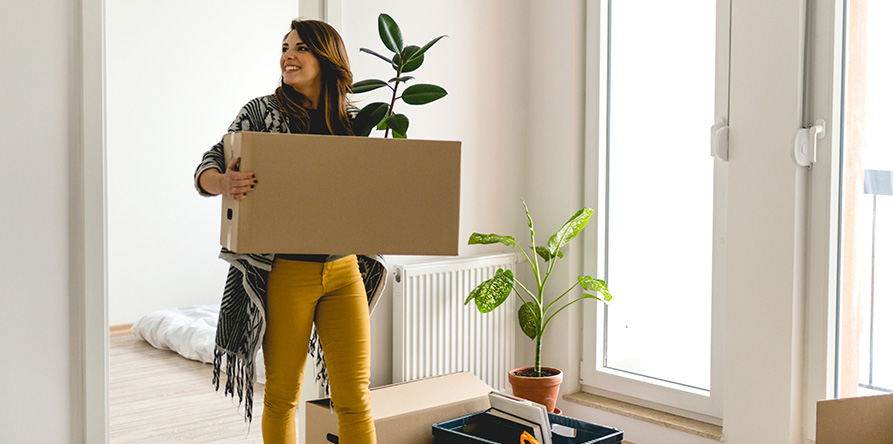
Two accounts helping you save for a home
The new Tax-Free First Home Savings Account or the RRSP Home Buyers’ Plan – which option is right for you?
When the Home Buyers’ Plan (HBP) was introduced in 1992, it gave Canadians the opportunity to use some of their Registered Retirement Savings Plan (RRSP) savings for a down payment on a first home.
Since then, it’s helped many Canadians with the purchase of their first home. As popular as the HBP has been, it’s lost some of its impact as home prices have rocketed higher, particularly in urban centres. Today, Canadians can access $60,000 (up from $35,000) through the HBP, which offers some help, but with housing prices today that may not be enough for a downpayment. The First Home Savings Account (FHSA) aims to help with that.
What’s the difference between the two accounts, and when and how should you use them? We explain.
How FHSAs work
The FHSA combines elements of both the RRSP and the Tax-Free Savings Account (TFSA) to provide a tax-efficient option for first-time homebuyers.
Canadians aged 18 to 71 who have not owned a home in the current year or past four calendar years can contribute up to $8,000 per year to an FHSA, to a maximum of $40,000 over the lifetime of the account (up to 15 years).* Contributions to the FHSA are tax deductible, like an RRSP, while withdrawals are completely tax-free if the money is being used for a first home.
How FHSAs compare with the RRSP Home Buyers’ Plan
If you know you’re going to use the money for a house, then the FHSA may be the best option, since you’ll get tax benefits on the money going in and coming out of the account. The FHSA offers tax advantages when you’re contributing and making withdrawals, making it the most tax-efficient of all the registered accounts in Canada.
The value of the FHSA could exceed the $40,000 from contribution, earnings and growth. Meaning you could have more than $40,000 to put towards your first home.
While your contributions to your RRSP are also tax-deductible and grow tax deferred, the HBP caps the withdrawal for first-time homeowners at $60,000. In a sense, the HBP is like taking a loan from yourself. Any money you take from your RRSP through the plan has to be repaid over 15 years and is ultimately taxable when withdrawn.
Consider your timing.
Keep in mind when you might buy a home. With the FHSA, you have to use the funds within 15 years of opening the account, whereas the HBP doesn’t have any such restriction.
Although 15 years may sound like a long time to build up a down payment, you should consider whether you’ll be ready to buy when that time is up. If you opened your FHSA as soon as you were eligible at age 18, you’d have to be ready to take possession of your first home before you turn 33. Some Canadians are buying homes by that age, but many aren’t. Home ownership may be appealing, but your priorities may shift over time, making home ownership less of a priority.
If you’re uncertain you’ll be buying a home within 15 years, then the RRSP may be a good place to start. You’ll know you’re at least growing your retirement savings, without the pressure of a 15-year timeline, and still always have the option to start an FHSA at a later time.
It’s also worth noting that if you opened an FHSA and you are not in a position to use the funds toward a home, then you have the option to transfer the funds to your RRSP or Registered Retirement Income Fund (RRIF) without incurring any tax or changing your RRSP contribution room. Just remember, if you decide to transfer the funds to an RRSP or RRIF, it must be done before the FHSA loses its status, or you risk a potentially hefty tax bill.
More ways to grow your down payment
You don’t have to choose one or the other. To really maximize the benefits, you can use both the FHSA and HBP to make a more substantial contribution toward a down payment and make your home ownership dream a reality.
If have questions about the FHSA or how the HBP can help give you a leg up toward home ownership, contact a financial advisor, who can answer your questions and help you set up an account.

